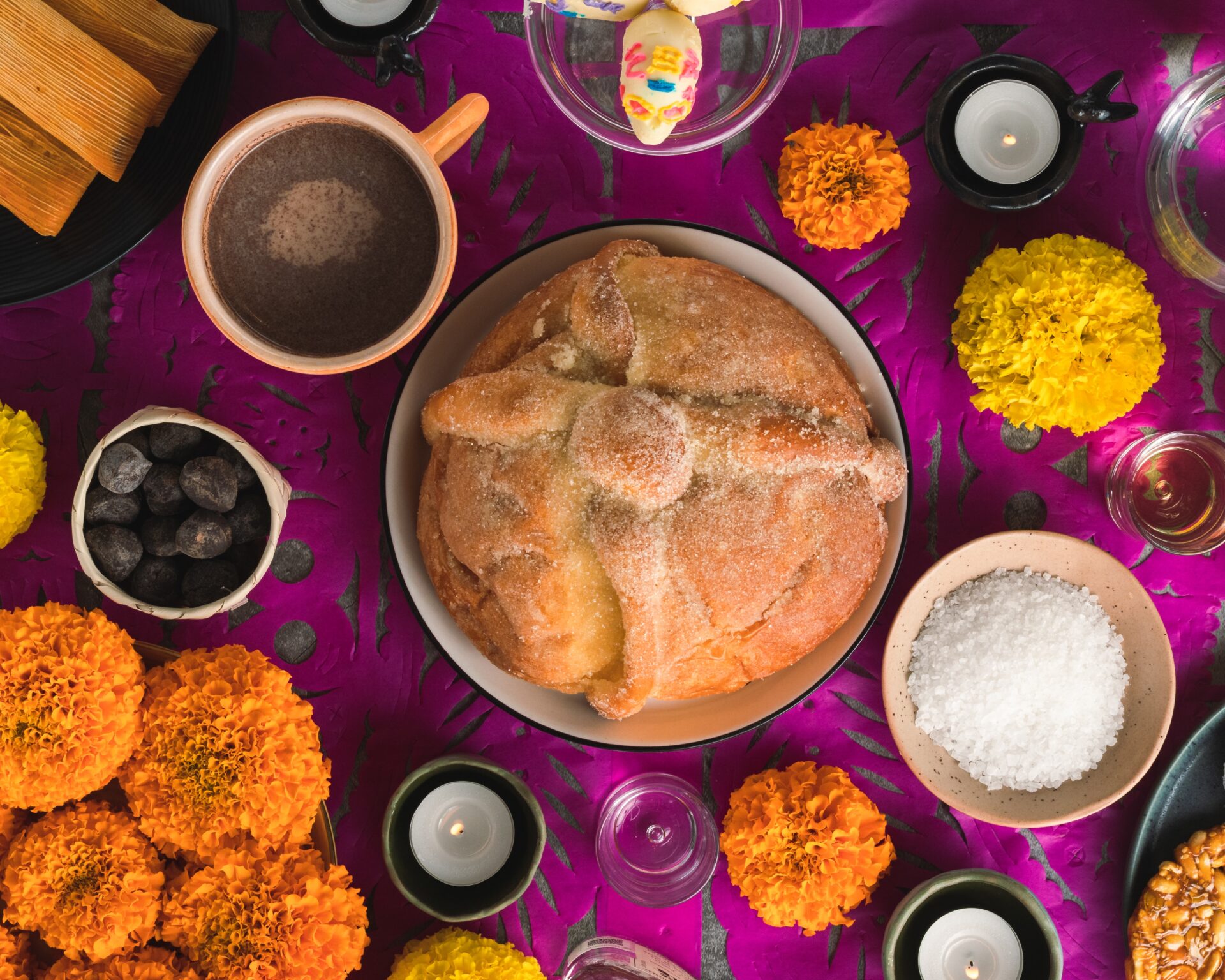The Day of the Useless or Dia De Los Muertos originated in Mexico however was adopted right here in Belize via our Maya and Mestizo Ancestors greater than 150 years in the past. It might be stated to coincide fairly loosely with the Halloween custom of North America. In our tradition, it is part of Maya and Catholic custom and encompasses All Saints Day on October 31st and All Souls Day on November 2nd. Additionally it is often called Los Finados for individuals who have handed.
The idea is that demise ought to be seen as the ultimate expertise of life and is to be celebrated. Additional, this custom persists largely within the Western Districts in Benque Viejo in addition to in Maya and Mestizo Villages. It’s meant to honor ancestors, pals, and members of the family who’ve handed away, and particularly youngsters, who’re particularly revered for his or her innocence. Throughout this time their spirits are stated to roam they usually should be obtained in celebration.
The Custom
A desk is ready and laden with fruit, incense, rum, particular tamales containing beans (“xpelon”) and images of the useless, together with all their favourite meals. “Xpasha” is the Maya identify for a particular drink distilled from corn, milk, and spices. In Spanish, it is named ”atole”. Households collect and partake of meals, inform anecdotes and play music, whereas pals and neighbors go to and supply prayers for the useless. Essentially the most iconic image is the cranium (Calavera) painted in vibrant colours.

Photograph by Gerardo Covarrubias on Unsplash
All this symbolizes all of the earthly pleasures that the deceased have left behind and it’s a consolation to their roaming spirits. Throughout this time, it’s also customary to go to the tombs of the useless, taking flowers and meals to the cemetery.
All Maya and Mestizo communities have fun Dia de los Muertos. That features the northern Districts, within the west in Benque and Succotz, and the Kekchi Maya communities of Toledo. The Homes of tradition all through the nation arrange altars and communities come collectively to watch this custom.
Written by Nelita Castillo | This text was first revealed in October 2019

















